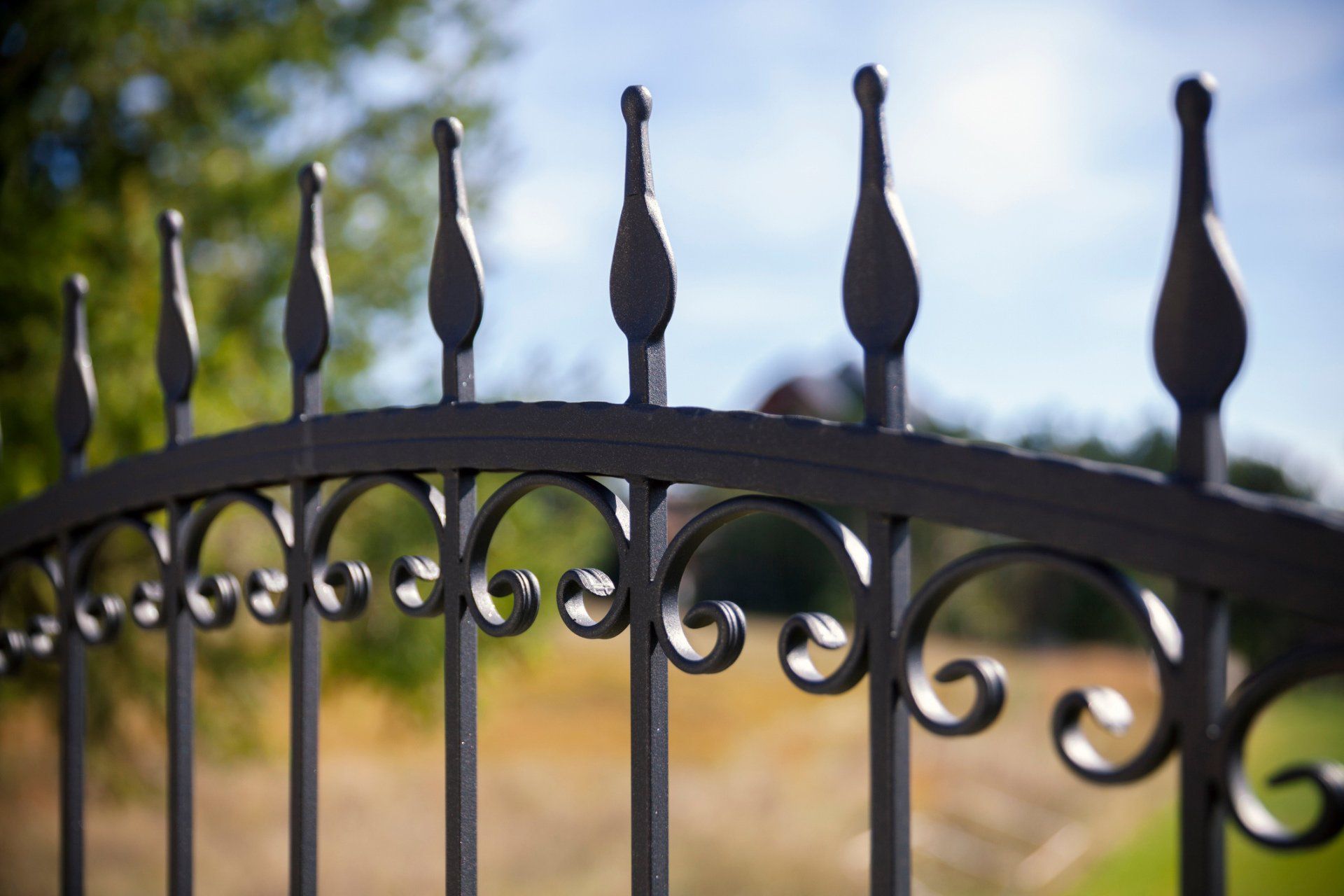3 Maintenance Tips for Your Wrought Iron Fence| Capitol City Iron Works

Wrought iron fences can last a lifetime or longer, making them one of the more durable fencing choices for your home. Of course, no fence is completely immune to damage, so proper maintenance is a must.
1. Seal the Fence
Iron is one of the more durable fence choices as long as you protect the metal from oxygen exposure, which is what leads to rust. Although the paint job helps with rust prevention, it may not be enough.
Wax Sealer
New fences are often sealed with a coat of protective wax. These waxes create a barrier that water and oxygen can't get through. Further, much like car wax, iron fence waxes add luster to the finish. Unfortunately, waxes do wear off over time, so reapplication may be necessary every year or two.
Metal Sealants
A longer-lasting alternative to wax is metal sealants. Sealants can do more than just prevent moisture from reaching the iron; many of them contain UV blockers that also help prevent sun fading of your fence color. Sealants can be integrated into the metal paint used on the fence, or they can be applied as a clear topcoat over a painted fence.
Unlike waxes, sealants tend to last nearly as long as a paint job, so you likely won't need to reapply a metal sealant until it is time to repaint the fence.
2. Plant Carefully
Vines growing on a fence or flowers planted along the fence line can soften the appearance of your iron fence and further bring out its beauty. Care must be taken to avoid damage, though, as plants and their maintenance can sometimes lead to problems.
Fence-Friendly Plants
Opt for annual vines, shrubs, or flowers if the plants will be in actual contact with the fence. Blackeyed Susan or morning glory vines, for example, die back each year so you can easily access and maintain the fence between growing seasons.
The problem with woody perennial plants is that they grow over the fence where they can trap moisture and wear off paint. Further, since the plants don't die back, damage can go unnoticed until the fence is badly rusted.
Maintenance Issues
Plants that grow too close to the fence can lead to maintenance problems. For example, trying to mow the lawn or cut it back with a weed trimmer right up against the fence can cause damage to paint and sealer on the iron pickets, which can lead to rust.
Either leave a buffer zone between perennials and the fence to allow for careful maintenance, or avoid using tools that could damage the fence's finish too closely to the pickets.
3. Guard Against Rust
Rust is the main enemy of wrought iron. Fortunately, the layer of paint and sealant over the metal protects it from the water and oxygen exposure necessary for rust to form.
Fence Cleaning
Dirt itself won't typically harm your fence, but it can hide damages where rust could be lurking. Fortunately, you don't need to deep-clean the whole fence, as a hose will rinse off most dirt and debris. You can use a mild detergent to remove more stubborn dirt, like acidic bird droppings or sticky plant sap.
Make a habit of cleaning the fence and inspecting it for signs of damage or rust at least once a season.
Rust Removal
Prompt action is required if you do find a small pocket of rust. Use a metal brush to remove the rust and discoloration, then wash and dry the damaged spot thoroughly. You want no signs of moisture or rust to remain. Once the fence is clean, you can apply touchup paint and a fresh coat of sealant. If there are multiple spots with rust or flaking paint, sand and repaint the entire fence.
For more help with your wrought iron fence, contact Capitol City Iron Works.








